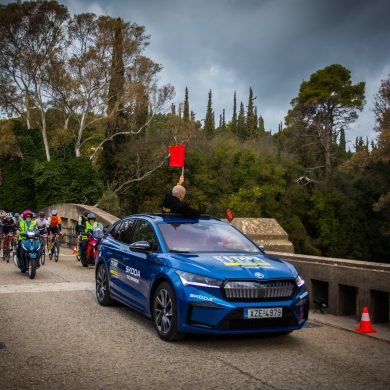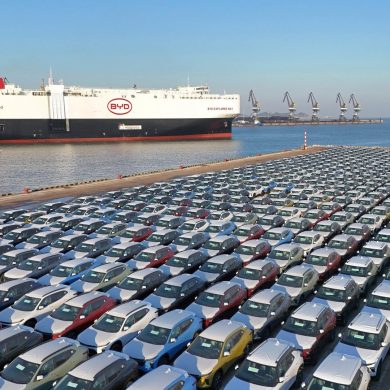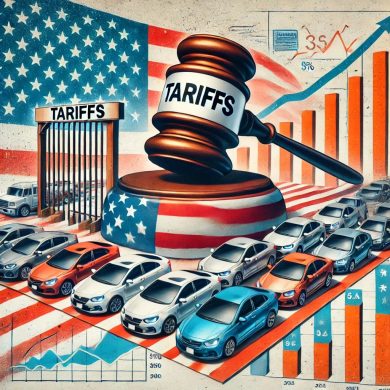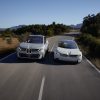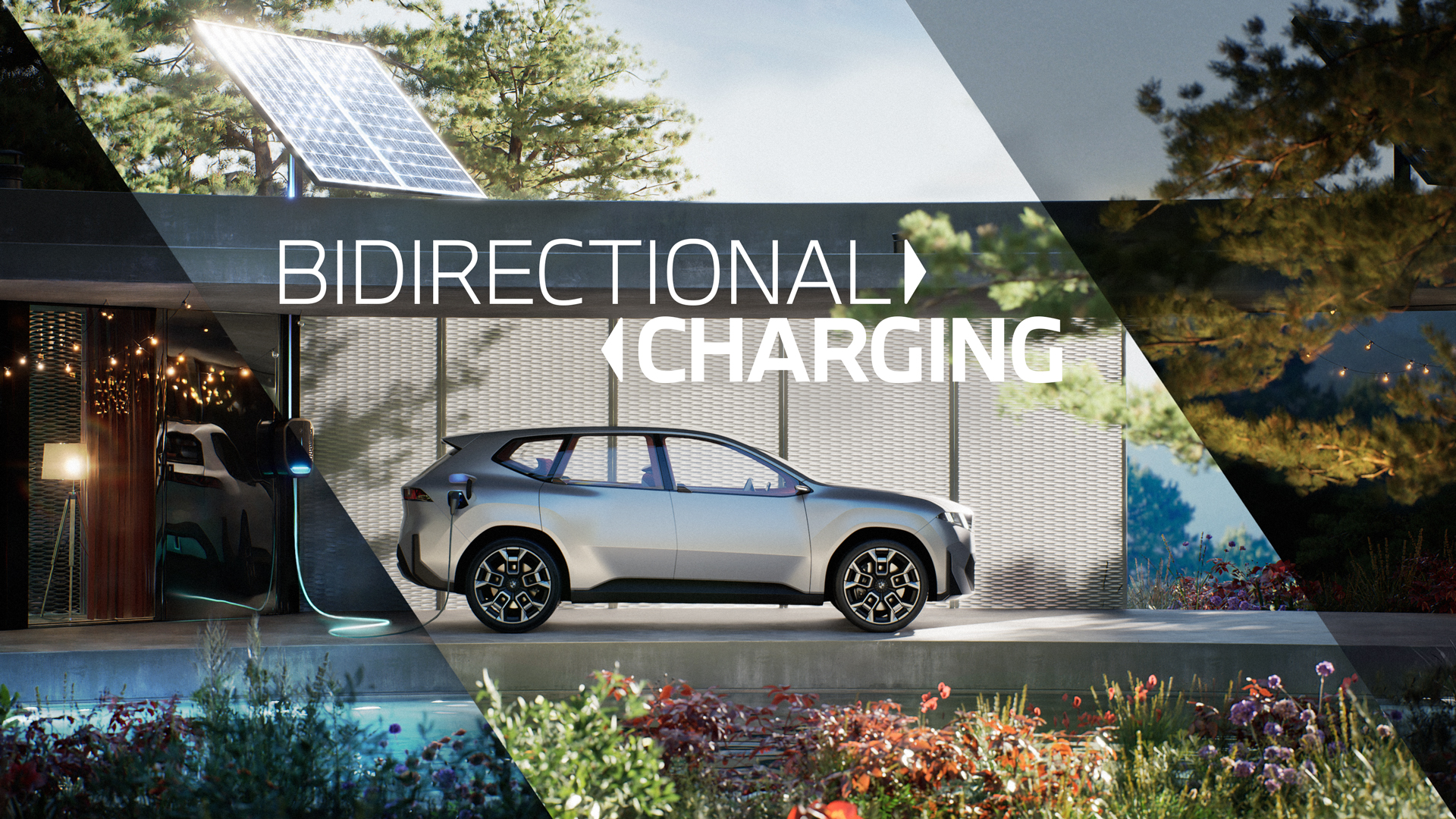
The BMW Neue Klasse models to be launched in 2025 will be able to store electricity and act as power banks, with the help of two-way charging technology. This means that they will be able to charge their batteries on the one hand and supply electricity on the other.
With its most recent design projects, the BMW Vision Neue Klasse sedan and the BMW Vision Neue Klasse X SAV, the BMW Group offers a glimpse of the next generation of the BMW brand's key models. These represent the range of technological innovations through which the company is projecting its future sustainability.
On the occasion of the world premiere of the BMW Vision Neue Klasse X, BMW announces another innovation that is about to enter production: the two-way charging feature. This technology makes it possible to use the high-voltage battery of an all-electric vehicle as an energy storage medium and 'return' the stored electricity to either the domestic or public electricity grid at a later time.
In this way, BMW owners can make an even more active contribution to the energy transition while promoting sustainable production and the use of renewable energy sources. Technologies such as "Vehicle to Home", "Vehicle to Grid" and "Vehicle to Load" are being made available to BMW customers for the first time. This move also underlines the ongoing expansion of the BMW Group's charging services.
"We are constantly improving our product range and charging services in order to maximise customer benefit," comments Frank Weber, Member of the Board of Management of BMW AG responsible for Development. "Starting this summer, we will offer cost-optimized charging together with our partner E.ON in various markets. And with Neue Klasse we will take the next step: two-way charging. The 'Vehicle to Home' and 'Vehicle to Grid' technologies are fully integrated into our integrated charging ecosystem - BMW Connected Home Charging. Using the vehicle, the My BMW App, the BMW backend - as well as a BMW DC Wallbox Professional charger and their photovoltaic system, customers will be able to control the energy flow in such a way that even some power outages at home can be dealt with. And, of course, they will also be able to reduce charging costs by channelling the electricity stored in their BMW back into the grid."
Vehicle to Home: electricity for your household
In the initial stage of the technology, bi-directional charging will allow customers to essentially use their vehicle's high-voltage battery as a stable means of energy storage. Here, the carbon-neutral electricity generated by the customer's PV system is temporarily stored in the vehicle battery with the help of the BMW DC Wallbox Professional and then returned to the grid to power other devices in the home. As a result, the customer is not dependent on the external electricity grid for some time and benefits from lower energy costs.
Vehicle to Grid: supply of the public network
The second stage of bi-directional charging will allow customers to make part of the battery content available to the public electricity grid. This energy content can be used both for charging from the grid and for feeding the grid at the appropriate time. Access to the energy market will be provided by BMW's partner E.ON. For this purpose, customers will need E.ON's dynamic electricity tariff, which will manage the charging process together with BMW's backend to enable revenue generation from the energy exchange.
This functionality will only be available in the different markets once the relevant regulatory framework is in place.
'Vehicle to Load': the car as power bank
The "Vehicle to Load" function allows the energy stored in the vehicle to be used to power external electrical devices or tools. This means that the Neue Klasse can act as a kind of mobile power bank for charging an electric bicycle, for example, or for powering electrical equipment on a camping trip.
Regardless of the type of bi-directional charging used, the customer's mobility needs always take priority. These are ensured by intuitive and easy handling via the My BMW App, which can be used to control the entire BMW Connected Home Charging ecosystem.
Accelerating the energy transition
Two-way charging not only ensures greater safety when powering up. By charging their batteries and powering electrical appliances, electric vehicles can make a significant contribution to the share of electricity consumption coming from renewable sources. The use of the storage potential of high-voltage batteries allows better coordination of supply and demand in the green electricity sector. For example, electric vehicle storage systems can selectively absorb part of the surplus wind and solar energy to supply the grid during periods of low production (night, off-peak).
This makes it possible not to involve some polluting power plants (e.g. with lignite) under such conditions. In this way, electric mobility is becoming an increasingly integral part of the energy revolution. With two-way charging, CO2 can be reduced overall, both in the mobility sector and in overall energy production.


